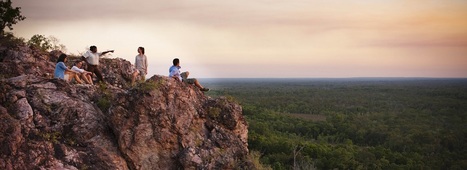"Ecotourism strives to protect the native cultures and environments of destinations while entertaining and informing tourists of all ages. For many years people within the tourism industry have debated what destinations and practices truly qualify as ecotourism without reaching a definitive consensus."

|
Scooped by Skuuppilehdet |
ROCAFORT's curator insight,
July 10, 2016 2:46 AM
Ecotourism in Australia
Sally Egan's curator insight,
July 18, 2016 9:08 PM
The trend for Ecotourism is presented in this article with questions raised about what practises fulfil the requirements of truly ecotourism. Appropriate to the future directions of Tourism as a global economic activity.
Sign up to comment



 Your new post is loading...
Your new post is loading...














